Planting techniques of Purple Chinese Cabbage
Purple cabbage is a precious variety newly bred in recent years, with purple outer leaves, bright red purple inner leaves, spherical straight tube type, thin petiole, high dry matter content and 1.5-2kg per ball weight. The main feature of this kind of Chinese cabbage is that it tastes more crisp and juicy, with a hint of sweet flavor.

Purple cabbage is rich in nutrition. Every 100 grams of Chinese cabbage contains 4.1 grams of protein, 2.6 grams of crude fiber and more than 60 milligrams of vitamins, which is more than twice the average nutritional content of ordinary Chinese cabbage. It is also rich in silicon, manganese, zinc, selenium and other trace elements. Purple cabbage is also rich in anthocyanins, calcium, vitamin C, vitamin E and other beneficial elements for the human body, osteoporosis, diabetes and other diseases are very helpful. It has the function of improving immunity, preventing cancer and fighting cancer, and the market potential is huge.
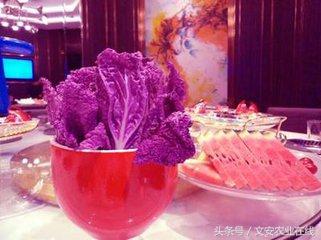
Main cultivation methods:
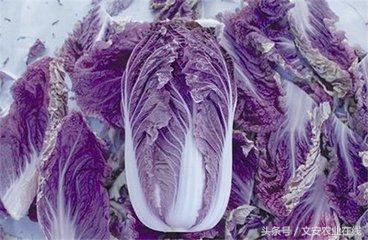
1. Sowing and raising seedlings. Planting 1 mu requires a seedbed of 65 square meters and 60 grams of seed. Apply 3 kilograms of rotten organic fertilizer per square meter, fine soil preparation, make a bed of 8 meters long and 1.5 meters wide, ditch and sow seeds according to 10 cm row spacing, cover soil and water. After emergence, the seedlings were 1mi twice, 3 true leaves were combined with ploughing and loosening soil to fix the seedlings, and the plant spacing was 8 cm. The seedbed temperature was 18 ℃ 22 ℃ during the day and 10 ℃ 12 min at night. After 3 true leaves, the seedlings were fertilized and watered in time to maintain sufficient light. 5Mel can be planted with 7 true leaves. Direct seeding in summer and autumn with 100ml 150g per mu.
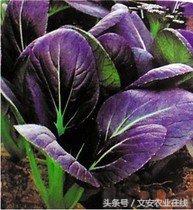
2. Land preparation and planting. The residual plants and weeds of the previous stubble were cleared and concentrated for harmless treatment, 2-3 square meters of rotten and fine organic fertilizer were applied per mu, and after leveling the ploughing and harrowing, a high border of tile ridges was made according to the spacing of 50 ℃ 55 cm (sandy soil to make a flat bed). The border length was 8 meters, with 2 rows per row, with an average row spacing of 4555 cm, 23 cm between plants, and 35000 plants per 3000mu. When planting, the night temperature should be 13 ℃ to prevent early bolting. Be careful not to plant too deeply and water it in time after planting.
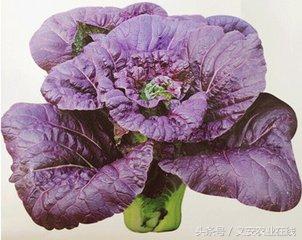
3. Field management. It is cultivated in greenhouse and greenhouse, and it can also be cultivated in open field in autumn, winter and spring. Fertilizer and water should be properly controlled in the early stage to avoid the breeding of germs due to excessive air humidity caused by high density. During the core period, small water should be watered frequently to meet the water supply. Topdressing was carried out twice, after slow seedling, 500 kg of rotten organic fertilizer per mu, and 25 kg of organic fertilizer per mu or 25 kg per mu after entering the heading period. Foliar fertilizer was sprayed three times during the growth period. After slow seedling and direct seeding, the young seedling stage and small arch shed should be ploughed and loosened in time, and weeds should be removed at any time. The cultivation in greenhouse should pay attention to ventilation and cooling (25 ℃ during the day and 13 ℃ at night) and reduce the humidity in the greenhouse.
From the Weigong account of Wen'an Agriculture online
- Prev
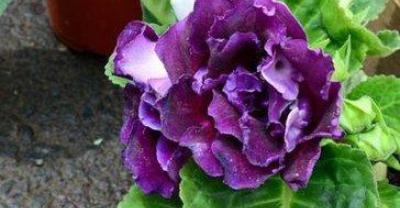
How to grow castor?
Castor Euphorbiaceae castor genus annual or perennial herbs, the planting value is very high, planting in more than 30 countries around the world has reached the industrial scale.
- Next
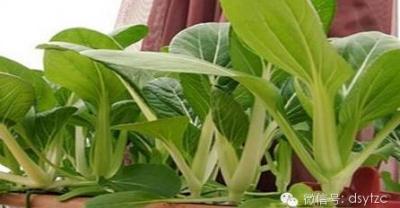
The northern margin of mandarin planting
Fertile mandarin, give life another possibility! VS Chinese mandarin see Wuming Wo orange let many bosses see hope, Wo mandarin has created a number of citrus bases and made people successful.
Related
- Fuxing push coffee new agricultural production and marketing class: lack of small-scale processing plants
- Jujube rice field leisure farm deep ploughing Yilan for five years to create a space for organic food and play
- Nongyu Farm-A trial of organic papaya for brave women with advanced technology
- Four points for attention in the prevention and control of diseases and insect pests of edible fungi
- How to add nutrient solution to Edible Fungi
- Is there any good way to control edible fungus mites?
- Open Inoculation Technology of Edible Fungi
- Is there any clever way to use fertilizer for edible fungus in winter?
- What agents are used to kill the pathogens of edible fungi in the mushroom shed?
- Rapid drying of Edible Fungi

